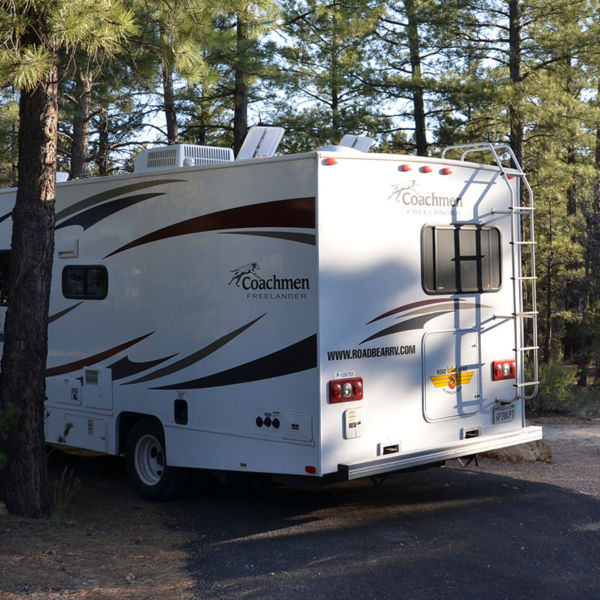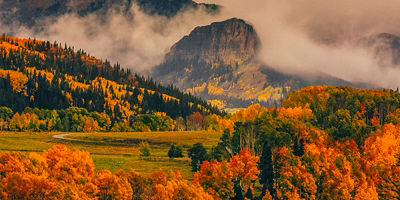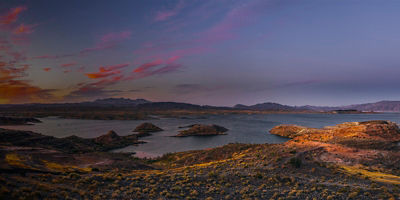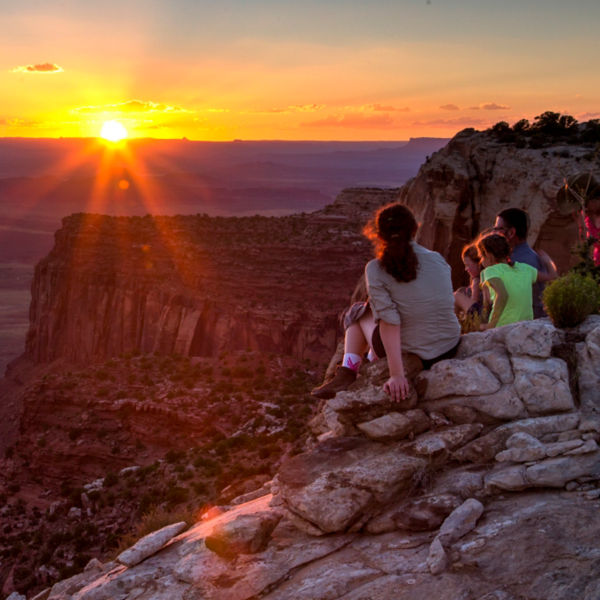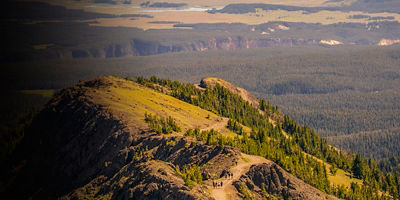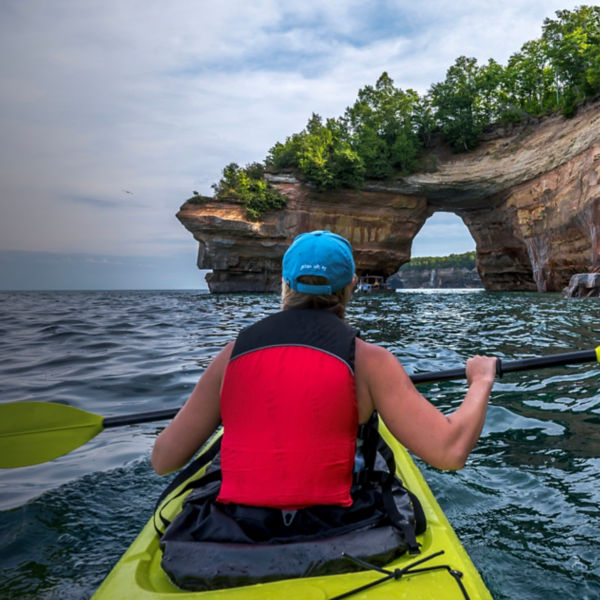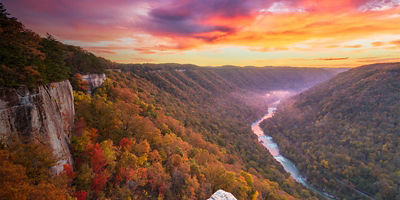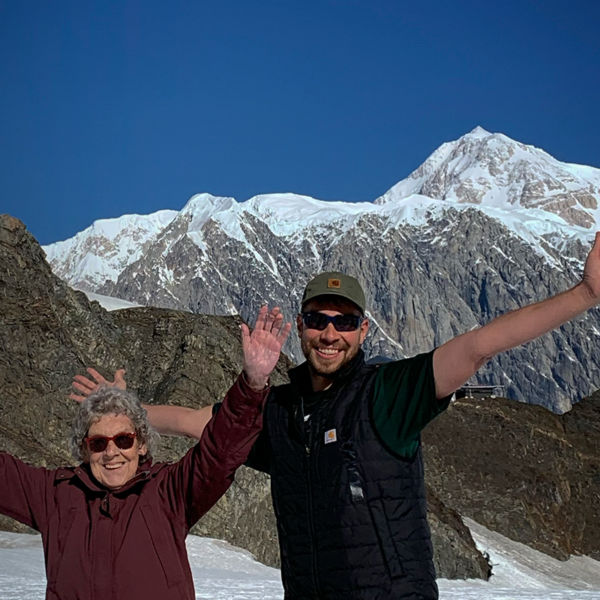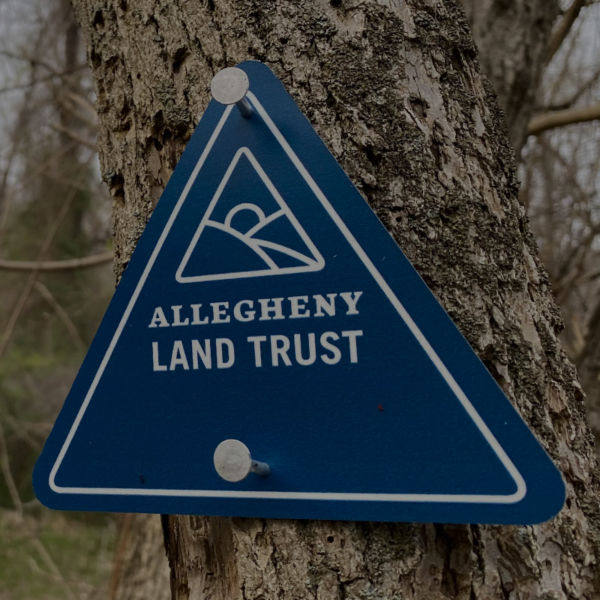
Every few years, the federal government adds a new park to the U.S. National Parks system. When that happens, the area gains new levels of protection and attention—and usually a tsunami wave of new visitors. The best way to see these places without the crowds? Sneak in a visit before they gain official national parks status.
The last few areas to be designated national parks—White Sands in New Mexico, the New River Gorge in West Virginia, and Indiana Dunes in Indiana—all started as either national monuments or national scenic rivers or lakeshores. That gave them a head-start on national parks designation since they were already managed by the National Parks Service. With the areas noted below, national parks designation would require a separate act of Congress, which could take several years to complete. Still, these three areas are newly protected or soon-to-be protected, which gives them a lot of momentum in terms of both public and Congressional support.
So, keep an eye on these three stunning spots that are worth attention regardless of label—and be sure to give them each a visit before the crowds catch on.
Camp Hale-Continental Divide National Monument
Welcome to America’s newest national monument. Established by President Biden in 2022, this nearly 54,000-acre swathe of high-alpine forest and grassland is located in the heart of the Colorado Rockies. It was originally a critical fishing and hunting ground for the Ute People and remains important to that tribe today. In the 1800s it became a mining hotspot, then, in 1942, the training camp of the Army’s famed 10th Mountain Division. The specially skilled infantry division went on to play a pivotal role in fighting Germany during WWII, and helped create Colorado’s rich mountain recreation culture. Today, Camp Hale-Continental Divide National Monument offers world-class hiking and backcountry skiing, as well as valuable habitat for native cutthroat trout, mountain goats, lynx, and a variety of other wildlife.
Camp Hale-Continental Divide National Monument is currently managed by the U.S. Forest Service. You can learn more about its history and recreation opportunities at fs.usda.gov.













